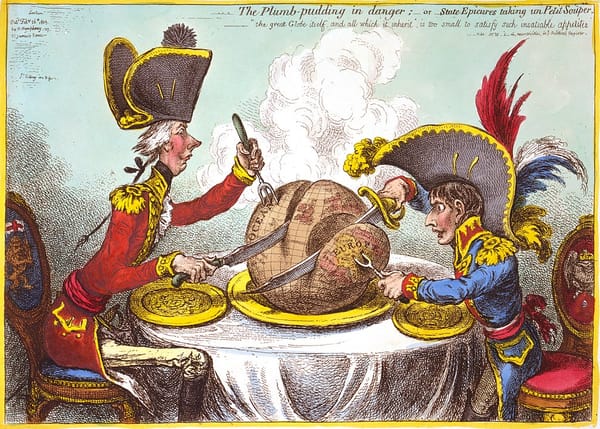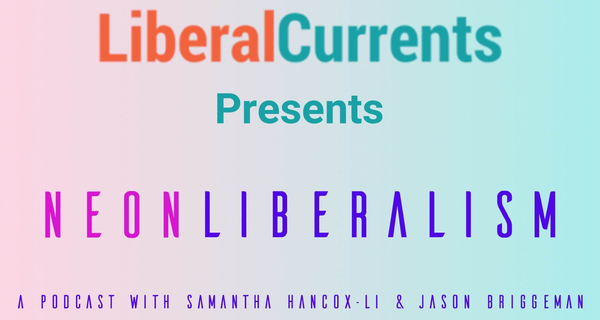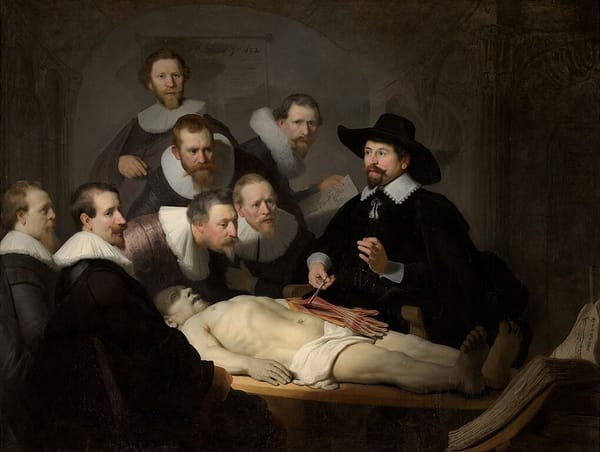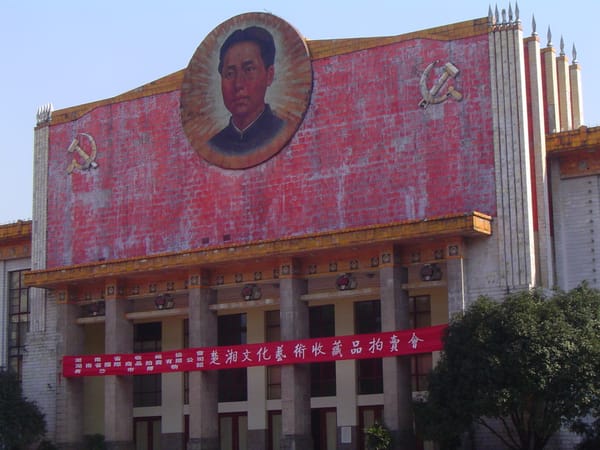A Uniquely American Liberalism: Christopher William England's Land and Liberty
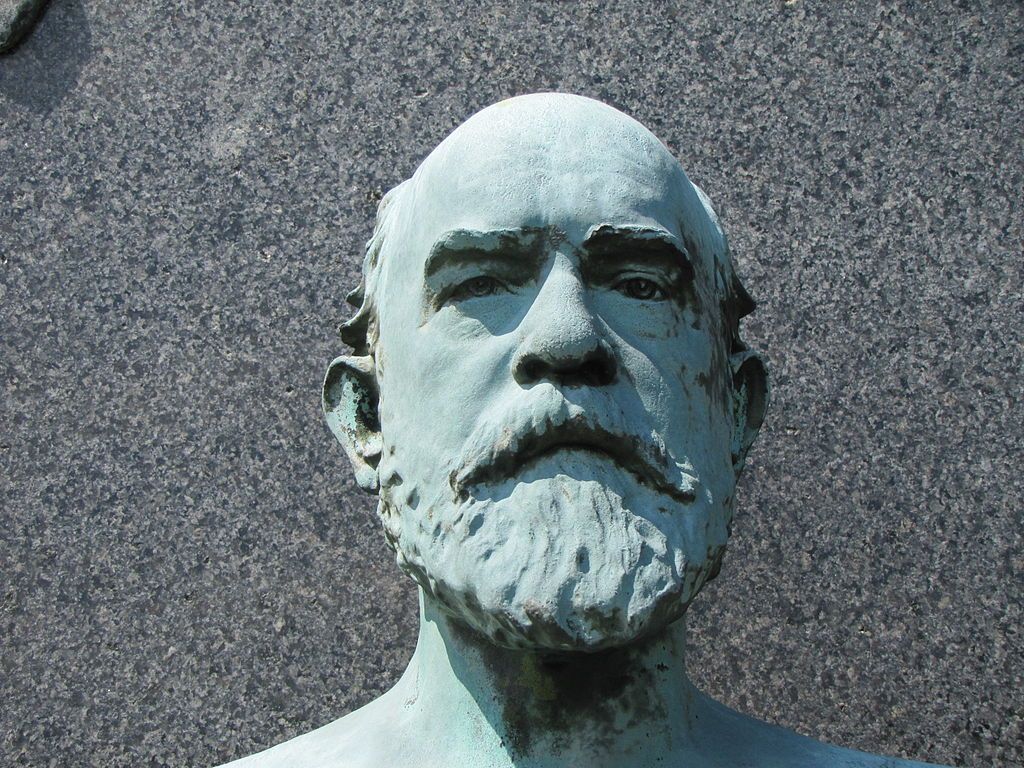
It is often remarked that the Americans and Europeans use the term ‘Liberal’ in quite different contexts—in the US, to signify a greater welfare state, while in Europe it is a signifier of free markets, with the two usages coinciding only on social issues. The distinct history of the two uses is not a mere linguistic artifact—instead, it speaks to the way in which the reinterpretation of classical liberalism, not (as in continental Europe) its abandonment in favor of Marx, created the welfare state in the US. This process involved many interpreters, but perhaps none had so great a popular influence as Henry George and his movement, a case compellingly made in Christopher England’s book Land and Liberty: Henry George and the Crafting of Modern Liberalism.
England’s book details the contributions of an incredible movement that in a real sense could be said to have birthed American liberalism as it stands today, even as it was to a great extent left behind by it in the middle of the 20th century. There are many fascinating angles, from colonial liberation (George rallying support as an opponent of British colonialism in both Ireland and India) to energy policy (Georgists were among the strongest advocates of publicly owned power plants, particularly the burgeoning hydroelectric sector), but a few strings strike a particularly important chord: the emphasis on defining liberty relative to both regulation and monopoly, and the key role played by urban policy.
“Liberalism” as initially envisioned meant a freedom from government policy that constrained economic and political action. Hence, the early liberals encompassed a wide variety of activists seeking to tear down privileges where they saw them—everything from the Corn League attacking mercantilism in England to the National Assembly in France demolishing manorial privilege during the French Revolution. The industrial revolution, however—facilitated in many cases by the success of these movements—brought about new questions regarding the role of the state, as some liberals continued to see the state as a primary opponent of liberty while others viewed it as a potential counter to the growing power that industrial firms wielded over their employees, consumers, and competitors. This conception, however, seemed to fly in the face of what liberals had long believed about property and competition—that profit yielding investments, in a competitive market, could only improve the wealth of society and should not, in theory, constrain anyone’s freedom of action. Moreover, the classical liberalism of Smith’s Wealth of Nations or Ricardo’s Principles of Political Economy was frequently taken to mean that any government interference would likely only deepen poverty, an interpretation not entirely justified by the theorists themselves but preferred by many economically powerful exponents of laissez faire governance.
In the United Kingdom, these debates occurred within the Liberal Party, and led to the Liberal-Labour cooperation on the part of Liberals who saw the need for some of labor’s remedies. In the US, however, there has never been an official Liberal party and arguably by George’s time there still had never been one worthy of the name. George succinctly describes the way in which both parties included fundamentally illiberal principles when bemoaning the fact that “the political party that successfully challenged the aggressions of slave power also declared for a protective tariff.” George might have added that the party that abolished slavery was if anything more hostile to the organizing of the working class afterwards. This left the post-war United States without a party effectively able to claim a liberal mantle. The debate instead raged in both parties, with ‘Progressives’ eventually coming to the fore as opponents of monopolistic capitalism. However, Progressivism was either not fundamentally rooted in ‘liberal’ values, or else it had left them far behind. England notes that the Progressives of the time sought in many cases to simply replace the central planning of monopolies with the central planning of the state—giving “the nation state untrammeled authority over the individual in questions of the public good”. This manifested in what appear to be contradictions of the Progressive era, but which are to be expected if one views Progressivism of the time as a largely illiberal movement, one which accepted, and even championed, imperialism and eugenics. These fit comfortably within a movement that sought to perfect society by increasing the management of it by experts.
In England’s narrative, Georgism presented an alternative for many liberals who were active participants in the ‘progressive movement’ but were not themselves ideologically aligned with the Progressives. George’s view allowed for a general embrace of liberal freedoms while pointing out their downfall when applied specifically to certain kinds of property—particularly in land. Because its quantity could not be expanded, and because its locational value depended almost entirely on the quality of governance and prosperity of the surrounding community, land was an obvious exception to Lockean and Smithian views on property and markets. Each parcel constituted a tiny monopoly, as there was no parcel quite like it, and the huge tracts or interconnected networks of right of ways, necessary to run for example a timbering operation or railroad, were near impossible for a potential competitor to replicate. Thus, intensive taxes on land and community ownership of the natural monopolies derived from it were entirely consistent with a broader liberal view of free, unofficially coordinated community action generating prosperity. England convincingly describes how George, largely through re-interpreting points already made by Ricardo and Mill, created space within a general liberal framework for more active government action, right at the moment when the inequalities of the later industrial revolution made such action self-evidently necessary.
The difference between liberals influenced by George and their opponents—both Progressive and otherwise—showed up in a variety of cases. A great many liberals at the time followed the lead of Herbert Spencer, who had also at one point in his career advocated land nationalization. George, however, devoted much of his seminal work Progress and Poverty to castigating Spencerian ideas of Social Darwinism and racialized dreams of societal advancement. While Spencer saw society as in need of both social and biological evolution by the ‘pruning’ of its least competent members, George saw the apparent failings of both individuals and whole communities in resting on the unequal distribution of land and construction of society. England points out that for George this implication of his theories on property was so fundamental that he attacked Spencer for it even when he believed, as he did when drafting the book, the two were largely in agreement on the land question. The goal of George’s system, after all, was the elimination of poverty and the extension of freedom—national land ownership would avail the downtrodden nothing if it was not accompanied by these goals.
Georgists also clashed with Progressives in the mold of Theodore Roosevelt, especially after George’s death. England points out that many Progressives started out with a pronounced intention to ‘trust bust’ but ultimately ended up wedding government power to that of corporations. The ‘agreement’ ending the Panic of 1907, in which president Roosevelt coordinated with JP Morgan to stabilize the banking system in exchange for an implicit agreement to tolerate the latter’s consolidated control over industry, was only the most prominent example.
Liberals in the Georgist mode, on the other hand, tended to favor less regulation of business generally, but absolute ownership or otherwise across the board profit caps on industries deemed naturally monopolistic. For example, Georgists on a city level supported the creation of municipal streetcar networks, while nationally they pushed to retain government ownership of hydroelectric power generation. Many viewed the Interstate Commerce Commission, a bureau designed to rein in railroads, as a mistake—England describes prominent Georgist Louis Post as fearing it would become a “‘vice cop’ captured by bribery’”—and saw public ownership of the rails themselves as the only appropriate remedy. They had similar suspicions of the Sherman Antitrust Act, a fear that was validated when the act was used, in its initial decades, primarily to suppress labor unions. The vast majority of Georgists gravitated to the Democratic Party by the time it was headed by William Jennings Bryan, largely out of frustration with particular Progressive remedies as well as the conservative opposition to any kind of reform.
By the 1930s, when the Depression increased appetites for government intervention, Georgists split with the New Deal Democrats on issues like the National Industrial Recovery Administration, which pushed for broad regulations on wages, prices, and output, while championing efforts like the TVA that provided for government ownership of dams, waterways, and important electrical generation. The divide can still be seen within the Democratic party, though it is rarely understood in those terms: some elements of the Democratic party favor extensive regulation on housing, trade, industry, and the like, while others favor deregulation and market power. England’s description of George’s liberal movement provides ample advice to both: direct, effective government action where needed, and especially land value taxes to capture property appreciation, will serve better than either the current byzantine maze of land use and commercial regulations or laissez faire market economics most often associated with ‘neoliberals’. Georgists of the time would have approved both of transit investment and freer land use—and been appalled by the current system of government regulation that leaves urban development at the whims of a few government officials and major developers.
That these philosophical divides appear most sharply in cities should come as no surprise. England describes how George’s “experiences in the city of Philadelphia prepared him to see the urban community as a source of edification that could bolster democracy.” George’s path to prominence —self-educating at public libraries, gaining practical experience and a global perspective taking a tour as a merchant sailor, and then working his way up through the publishing industry—was a fundamentally urban story, the kind of trajectory largely unavailable to the ‘yeoman farmers’ that had previously been idealized by Jeffersonian and Jacksonian democrats. American liberalism had dealt with the land question before, but almost always in terms of agriculture and almost always coming up with the solution of simply giving out small parcels of land to individuals. Jefferson’s Louisiana Purchase, Polk’s conquest of Mexico, and Lincoln’s Homestead Act can all be seen as essentially efforts to reward a particular population of white independent farmers assumed to be the backbone of a democratic republic. As the frontier closed and the economy shifted to an industrial focus, another key role George played was in adapting the attitude to the city.
England shows George’s influence as the chief theorist and propagandist of the movement, but the practical protagonist in his story of urban reform is Cleveland mayor Tom Johnson. A millionaire entrepreneur, Johnson dedicated his life and fortune to public service after reading George’s work and energetically set about making Cleveland the ‘best run city in the country’ in the estimation of the famed muckraker Lincoln Steffens. England describes several major thrusts of municipal Georgists—ownership or at least control of natural monopolies, the impact on social policy, and the struggle for land taxation.
In Cleveland and elsewhere, the efforts to expand municipal power and transit were largely inspired by George’s prescriptions. Giving the democratically elected city government control over these crucial aspects of city life brought down the cost of electricity and transportation, and was justified on the liberal grounds that both industries depended on such extensive networks and benefitted from such efficiencies of scale that it was impractical to expect any kind of ‘invisible hand’ to control them. In other realms, especially criminal justice, George’s approach similarly changed policy. George had convincingly argued that wealth inequality and the poverty brought about by land monopolies was the source of most criminal behavior. Taking him to heart, mayors like Johnson in Cleveland and justice officials like George Creel and Ben Lindsey in Denver curtailed the use of the police and the punitive nature of punishments, particularly for ‘vice’ crimes. Even on a national level, this leniency and bias towards individual liberty was seen. Louis Post, whose Georgist writings form much of the core of England’s narrative, managed to find himself in charge of Wilson’s Bureau of Immigration during the infamous Palmer Raids on radicals. To the consternation of many caught up in the thrall of the First Red Scare, Post dismissed the overwhelming majority of deportation cases brought across his desk.
The question of land taxation was much more difficult—property tax law was by and large set by states (in the US—many Canadian cities, most prominently Vancouver, adopted land value taxes in the early 20th century) and most state governments were still dominated by rural interests. George’s message struggled to penetrate into these areas; England explains that the Georgist movement thrived on reading and discussion of political economy in union meetings, streetcars, and other public gatherings—even noting that one union, “the Chicago Painters Assembly of the Knights of Labor devoted twenty minutes of every meeting to reciting passages from Progress and Poverty”. Tom Johnson was said to have been converted to Georgism after seeing a streetcar worker reading George’s Social Problems. Outside of the urban environment that fostered these interactions, it failed to gain traction. Thus, the battle to control taxation in cities was fought primarily on two fronts: working for better property tax assessments when land was undervalued, and pushing for greater latitude for city governments. Progress was made on each, but England describes how the embrace of suburbanization after the first world war and its acceleration after the second largely stripped Georgist power bases of their votes and energy.
The history of the Georgist movement, so effectively laid out by England’s research and writing, is a crucial one for understanding the history of American liberalism, and its future. The rise of active and self-conscious illiberalism has occurred worldwide, both in ostensibly left and right contexts. An energetic understanding of what ‘liberty’ is and how it can be defended from multiple threats—both state and otherwise—is all the more pressing in this light. And as American cities see a revival in both popularity and astronomical land values, Georgist municipal leadership provides valuable lessons on how and when to embrace market efficiencies. The enduring challenge of liberalism is how to protect individual rights—including the most controversial ones, those to trade and property—without accepting the existence of privation and unfreedom that can come from those property rights. The Georgist movement and its role in the creation of modern American liberalism provides valuable lessons on how this can be achieved both in theory and practice.
Featured Image is a bust of Henry George

